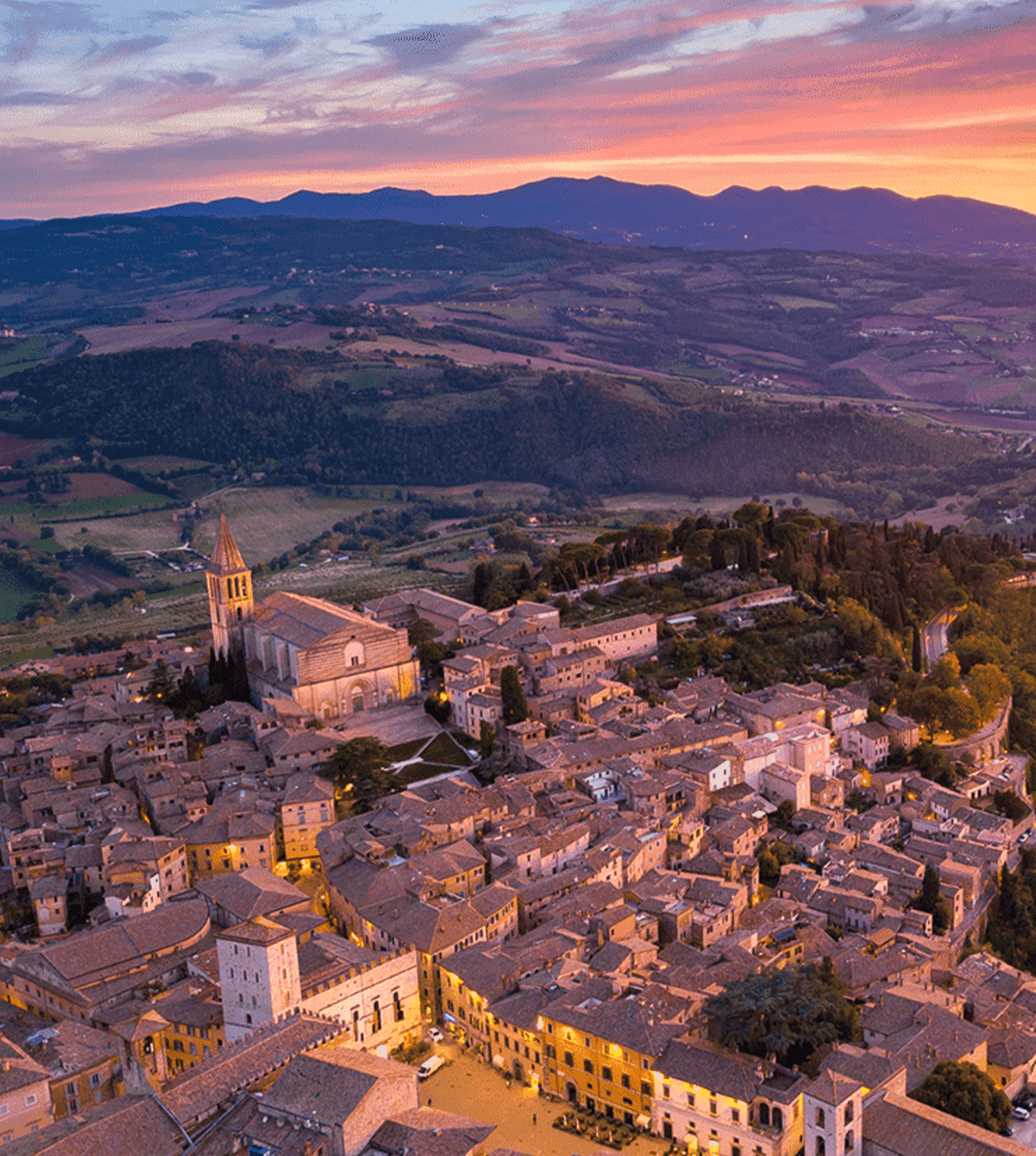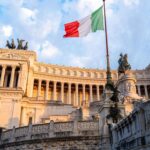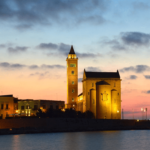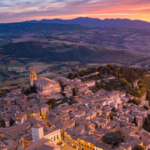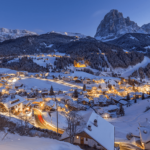Italy’s Slow City movement, known as “Cittaslow,” is a grassroots initiative that emphasizes the promotion of sustainable living, preservation of local traditions, and the enhancement of the quality of life in small towns and cities. Here are some key facts about Italy’s Slow City movement and its impact on local communities:
History and Origins: Cittaslow was founded in Italy as a response to the negative effects of modernization and rapid urbanization on the cultural and environmental heritage of small towns and cities. The movement was inspired by the principles of the Slow Food movement, which advocates for the preservation of local culinary traditions and sustainable food production.
Membership and Criteria: Cittaslow certification is granted to towns and cities that meet specific criteria related to environmental sustainability, infrastructure, urban planning, local food production, hospitality, and the preservation of cultural heritage. Cittaslow members commit to promoting a higher quality of life for residents and visitors through initiatives that prioritize sustainability and community well-being.
Principles and Values: The Slow City movement is guided by a set of core principles, including the promotion of local products and traditional craftsmanship, the preservation of historical heritage, the encouragement of sustainable mobility and environmental education, and the fostering of a sense of community and conviviality among residents.
Impact on Local Communities: Cittaslow members have implemented a range of initiatives to enhance the well-being of their communities, such as pedestrian-friendly urban planning, the establishment of farmers’ markets and local food festivals, the preservation of historic architecture and cultural landmarks, and the promotion of eco-friendly practices and renewable energy solutions.
International Recognition: Italy’s Slow City movement has garnered international attention, with Cittaslow networks established in countries across Europe, Asia, and the Americas. The principles and values of the movement have resonated with communities worldwide, leading to the expansion of the Cittaslow network beyond Italy’s borders.
Future Prospects: As the global emphasis on sustainable living and environmental conservation continues to grow, Italy’s Slow City movement is poised to play a significant role in shaping the future of small towns and cities. By prioritizing the well-being of residents, preserving local traditions, and fostering sustainable development, Cittaslow embodies a vision of a more balanced and harmonious way of life.
Sign up for the LF Italy newsletter
Access The Rare and Wonderful, LF Italy’s monthly newsletter. Get our latest interviews and discoveries in wellness, travel, innovation, food & drink, unique stays and more.
Italy’s Slow Towns
Escape the hustle and bustle of urban living and immerse yourself in the tranquility of slow cities. Whether seeking respite from the chaos or contemplating a permanent change of scenery, these idyllic towns offer a slower pace and a renewed appreciation for life’s simple pleasures.
- Abbiategrasso
- Acqualagna
- Acquapendente
- Altomonte
- Amalfi
- Amelia
- Anghiari
- Asolo
- Barga
- Bazzano
- Borgo Val di Taro Bra
- Brisighella Bucine Caiazzo
- Capalbio
- Casalbeltrame
- Castel Campagnano
- Castelnovo nè Monti
- Castelnuovo Berardenga
- Castel San PietroTerme
- Castiglione Olona
- Castiglione in Teverina
- Cerreto Sannita
- Chiavenna
- Chiaverano
- Cisternino
- Città della Pieve
- Città Sant’Angelo
- Civitella in Val di Chiana
- Controguerra
- Cutigliano
- Fontanellato
- Francavilla al Mare
- Galeata
- Giuliano Teatino
- Gravina in Puglia
- Greve in Chianti
- Grumes
- Guardiagrele
- Levanto
- Marradi
- Massa Marittima
- Monte Castello di Vibio Montefalco
- Morimondo
- Novellara
- Orsara di Puglia
- Orvieto
- Pellegrino Parmense
- Penne
- Pianella
- Pollica
- Positano
- Pratovecchio – Stia
- Preci
- Ribera
- Salorno
- San Gemini
- San Miniato
- San Potito Sannitico
- Sant’Agata di Puglia
- Santarcangelo di Romagna
- San Vincenzo
- Santa Sofia
- Scandiano
- Sperlonga
- Suvereto
- Teglio
- Termoli
- Tirano
- Todi
- Tolfa
- Torgiano
- Trani
- Travacò Siccomario
- Trevi
- Turbigo
- Vigarano Mainarda
- Zibello
In conclusion, Italy’s Slow City movement, Cittáslow, stands as a beacon of sustainable living and community-centric development, offering a model for small towns and cities seeking to prioritize quality of life, environmental stewardship, and cultural heritage preservation. Through its principles and initiatives, the movement has made a meaningful impact on local communities and continues to inspire a global shift towards a more mindful and holistic approach to urban and rural development.

